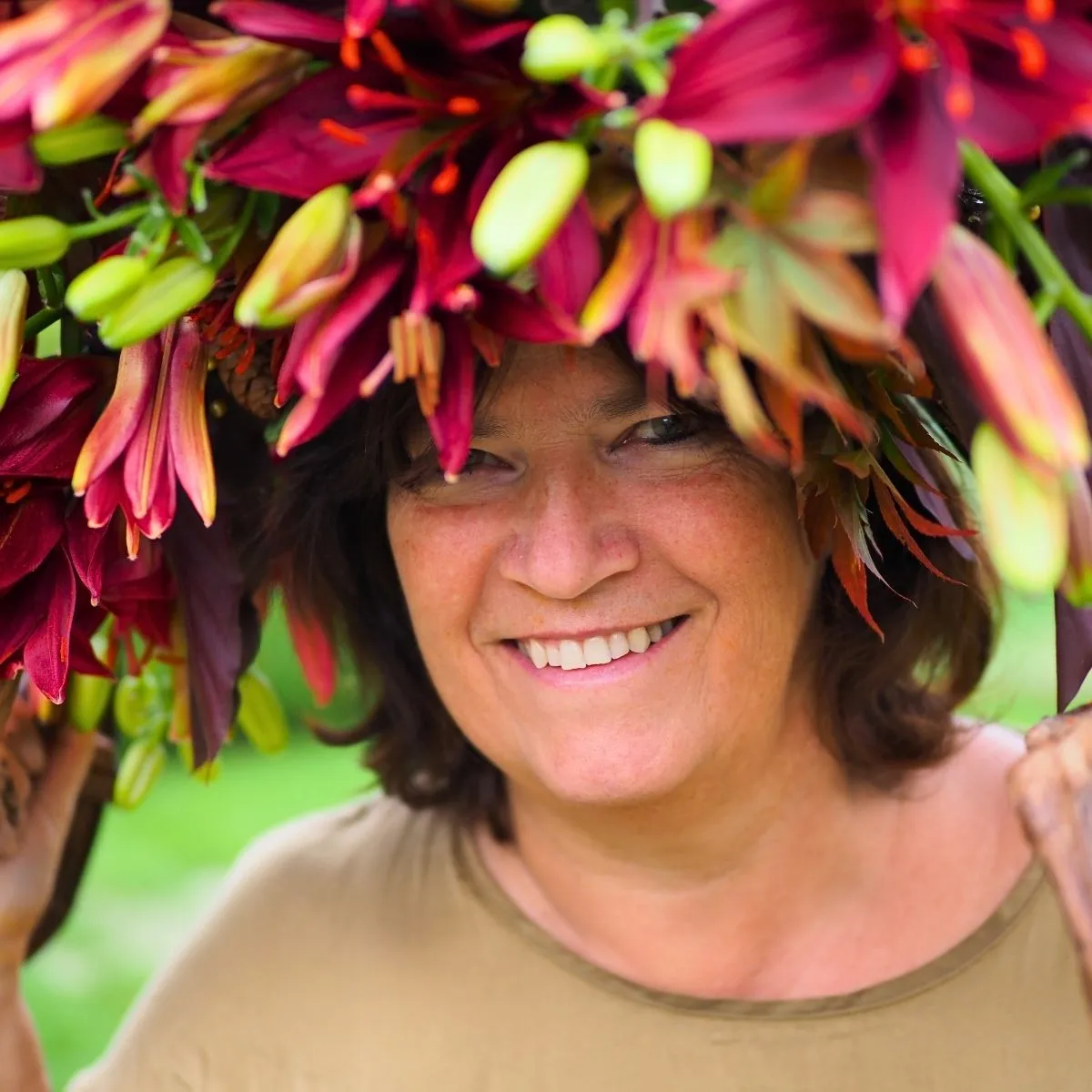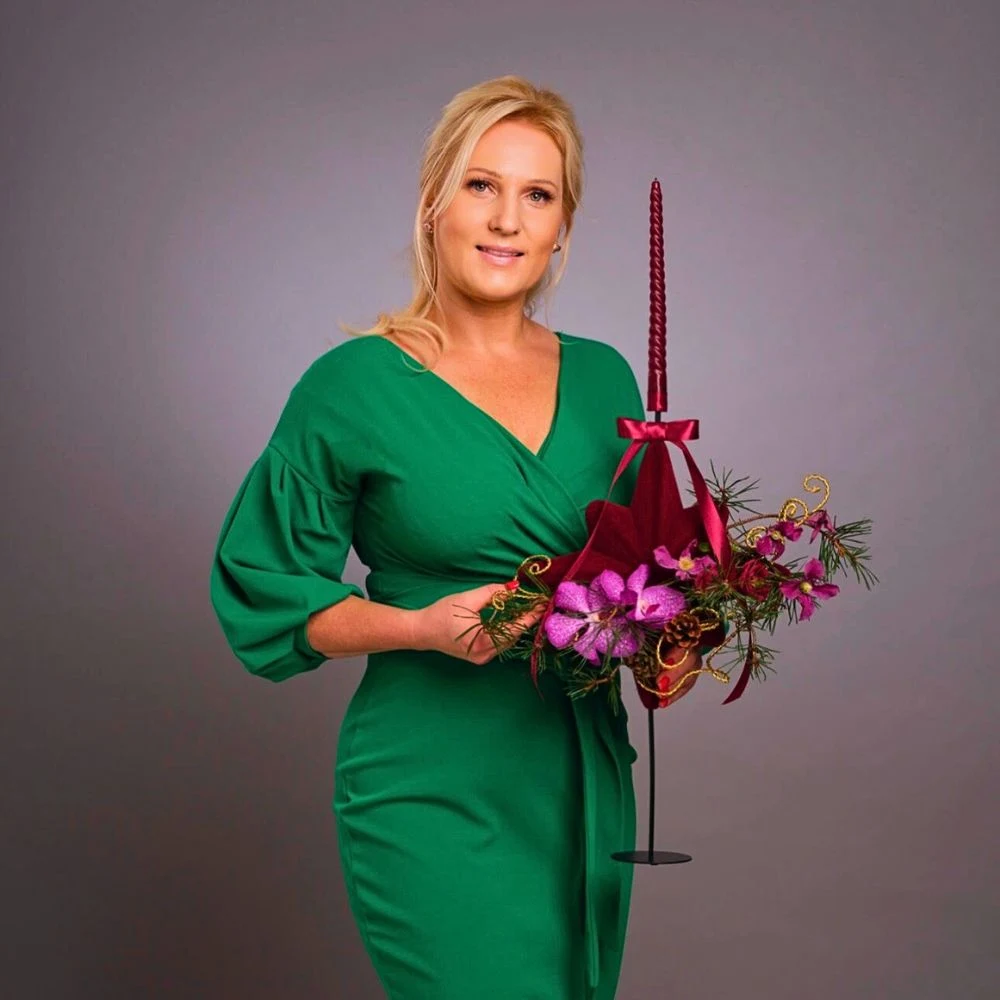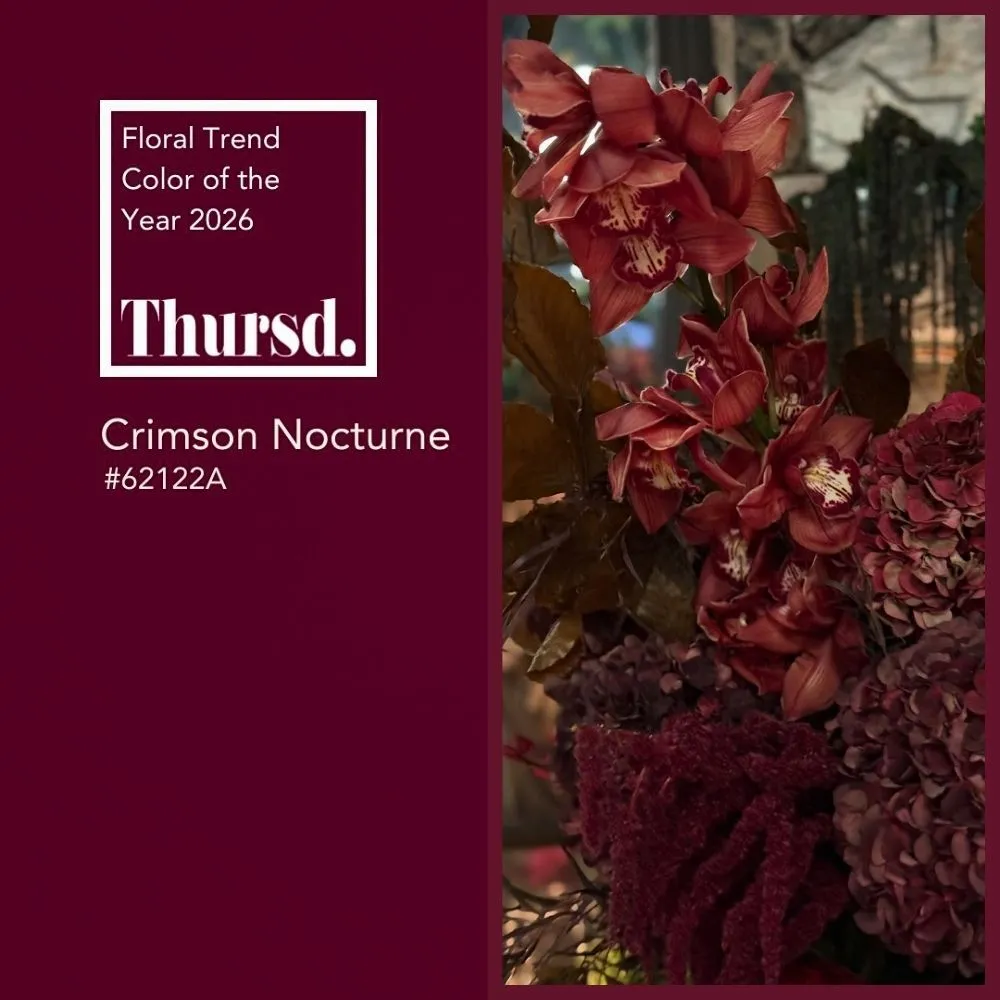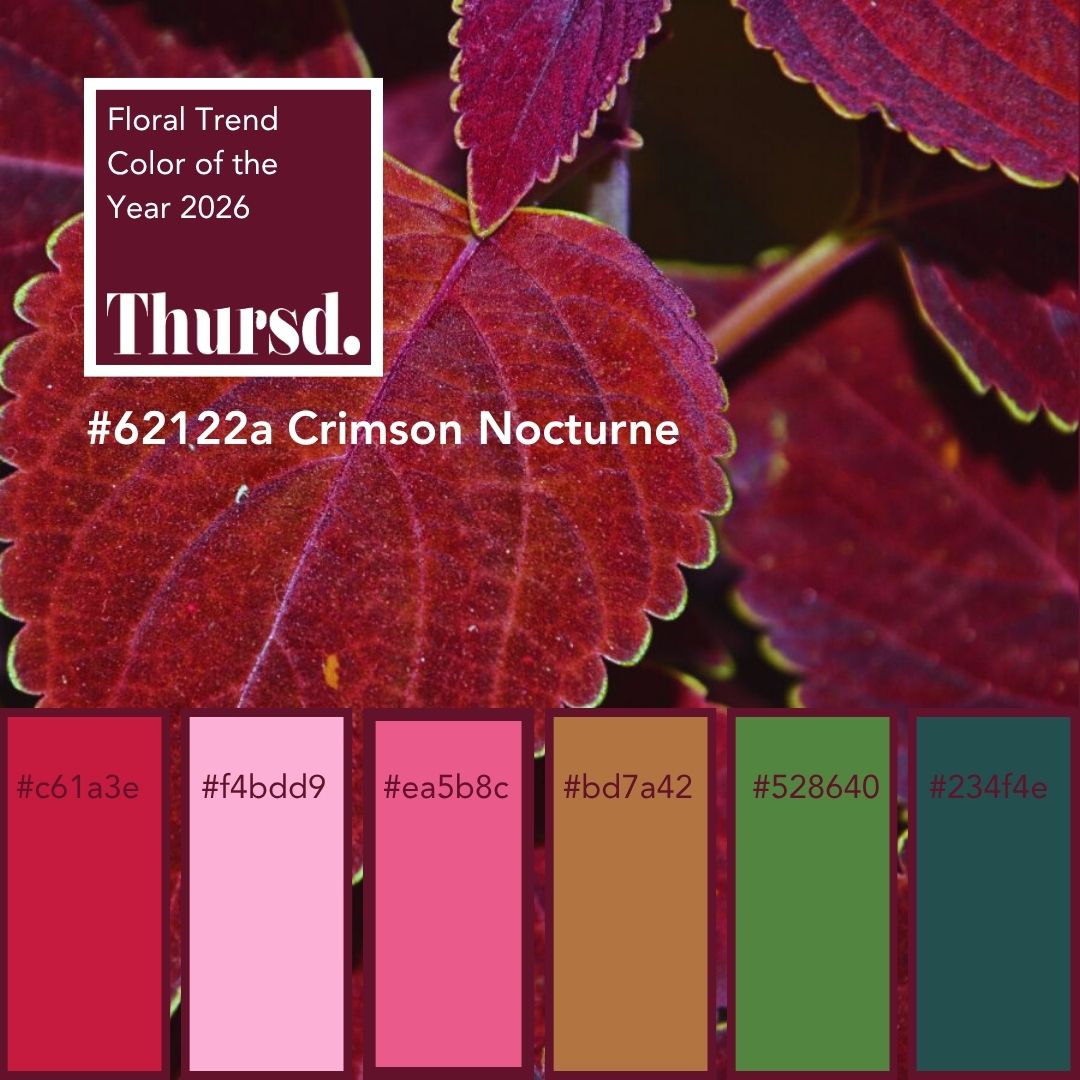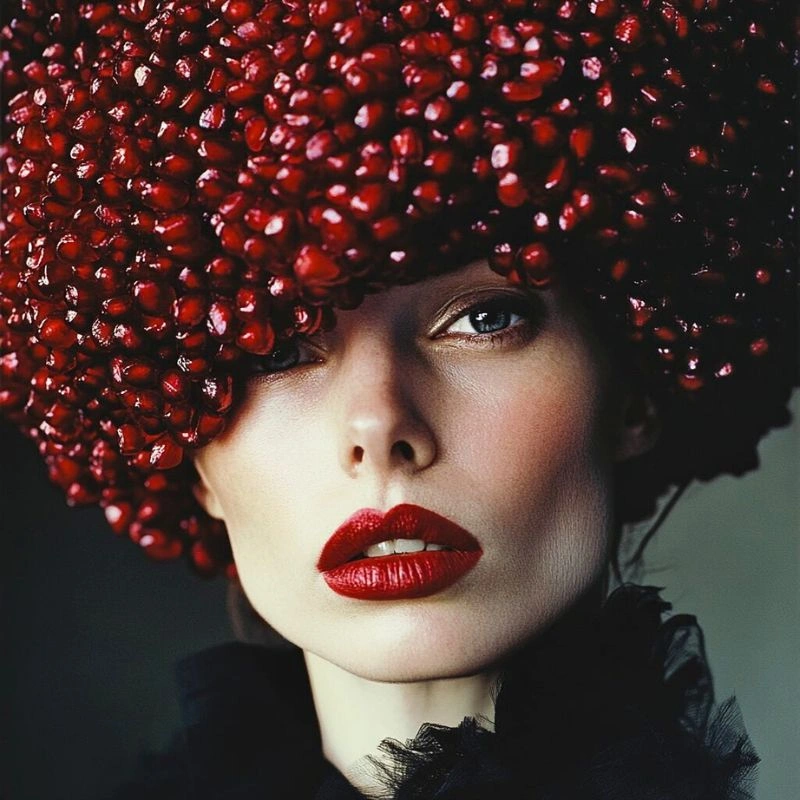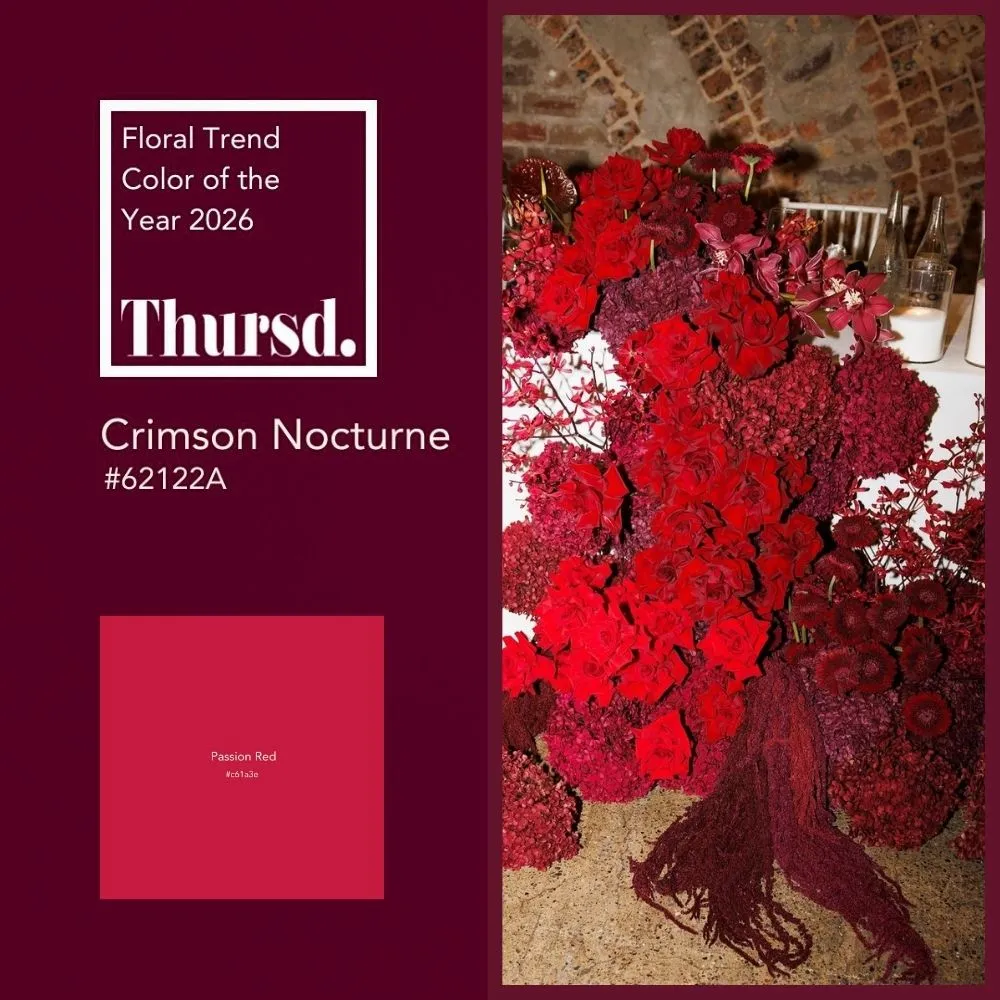Protecting themselves
To adapt to climate change, some flowers are darkening their hue to protect themselves from the sun’s radiation, new research shows. Around the globe, plant and animal species have tweaked their reproductive strategies, shifted their home ranges, and altered their appearance as they quickly adapt to the effects of climate change—and flowers are no exception.
UV pigments in Flowers Have Increased
A new study published in the journal Current Biology suggests that over the past 75 years, the ultraviolet (UV) pigments in flowers have increased in response to rising temperatures and a thinning ozone layer, reports Lucy Hicks for Science. Their analysis revealed that UV pigmentation went up by an average of 2 percent per year from 1941 to 2017. The flowers won’t look any different to humans, since we can’t see UV radiation, but pollinators perceive the higher levels of pigment as a darker hue, which could be confusing when they try to scope out colorful flowers to land on.
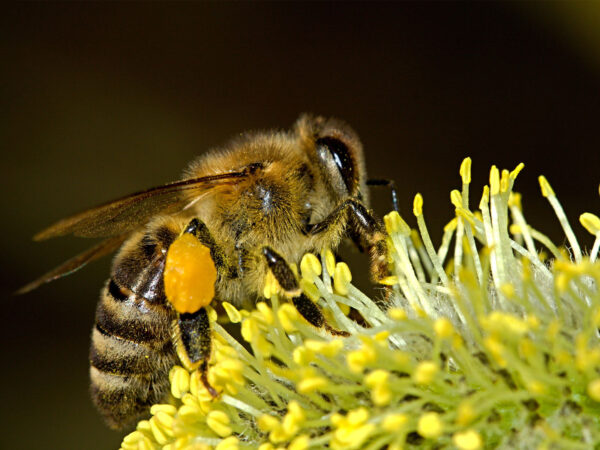 Pollinators perceive the higher levels of UV-absorbing pigments as a darker hue, which could be confusing when they try to scope out colorful flowers to land on. Photo courtesy of PublicDomainPictures via Pixabay
Pollinators perceive the higher levels of UV-absorbing pigments as a darker hue, which could be confusing when they try to scope out colorful flowers to land on. Photo courtesy of PublicDomainPictures via Pixabay
Working Like Sunscreen
The UV-absorbing pigments in flowers work like sunscreen and protect sensitive cells, pollen, from harmful radiation, Matthew Koski, a plant ecologist at Clemson University, tells Science. By analyzing how the levels of UV pigments change over time, he and his team hoped to determine if changes in pigmentation were a result of environmental change—and if so, what variables are the plants responding to? The team collected dried, pressed plant specimens from herbariums across North America, Australia, and Europe. In total, they studied 1,238 samples from 42 different species dating back to 1941. Then, using a UV-sensitive camera, they photographed flower petals from each species to see how the pigment level changed over time. Next, they paired the photographs with historic local temperature and ozone level data from the time the plant was plucked. "We found that some species increased in pigmentation over time, but some showed little change, or even declined," Koski says in a press release. "To understand why species differed in their responses to global change, we looked at the amount of ozone and temperature change experienced by each species over time, which varied quite a bit."
Variations by Species
The changes in pigmentation over time varies by species, a result of the flower’s structure, reports Devrupa Rakshit in The Swaddle. Flowers with open, exposed pollen—like buttercups—had more UV-absorbing pigmentation when ozone levels were low and radiation was high. But flowers with pollen bundled up between the petals—like the seep monkeyflower—responded to temperature, not ozone levels. Charles Davis, a plant biologist at Harvard University who was not involved in the research, tells Science that it "makes total sense." The petals already shield the pollen from UV radiation, but enclosing the pollen may overheat it. With less UV-absorbing pigmentation, the flower can stay cooler.
Disrupting Plant-pollinator Interactions
However, protecting pollen from radiation comes at a cost. The UV pigments may be invisible to human eyes, but the coloration serves as a "beacon" to pollinators such as hummingbirds and bees, The Swaddle reports. Koski tells Science that pollinators are more attracted to petals with a "bulls-eye" pattern—brighter petal tips, or less pigment, with darker, more pigmented centers. But when the whole flower gets darker, "pollinators might miss the flowers entirely," Davis tells Science. As climate change continues to intensify, these changes in floral coloration can disrupt plant-pollinator interactions. "This has implications for plant reproduction of both native wildflowers and domesticated crop species that have UV floral patterning, like canola and sunflowers," Koski says in the press release.
Header photo courtesy of Larisa Koshkina via Pixabay

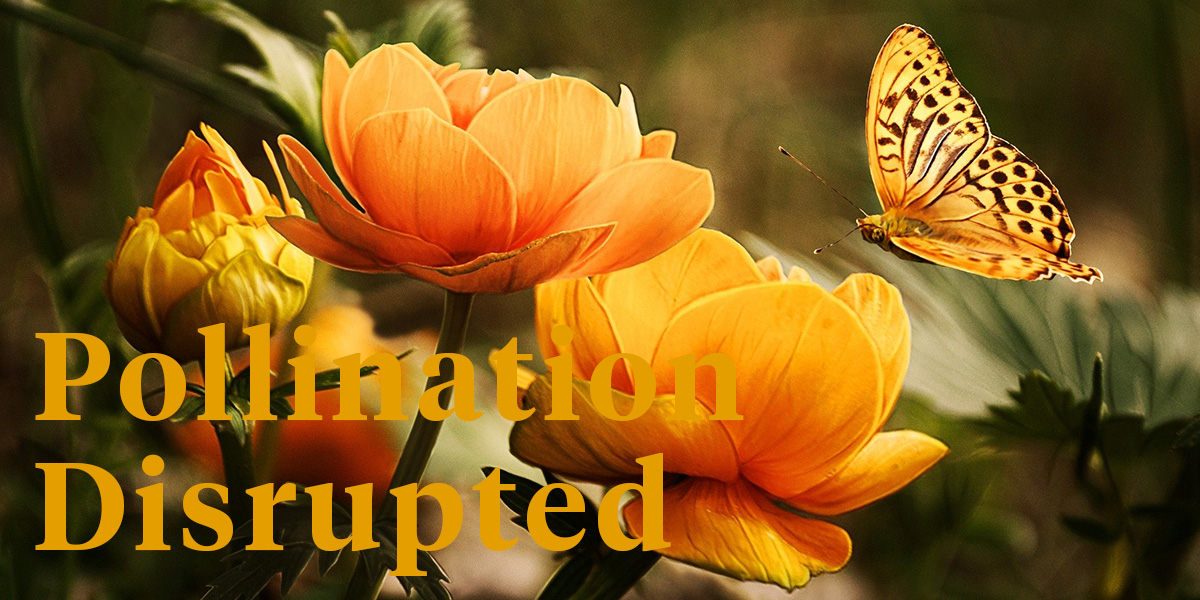
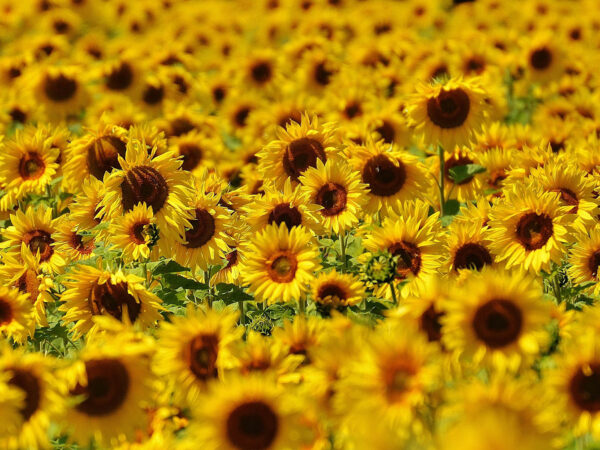 Photo courtesy of
Photo courtesy of 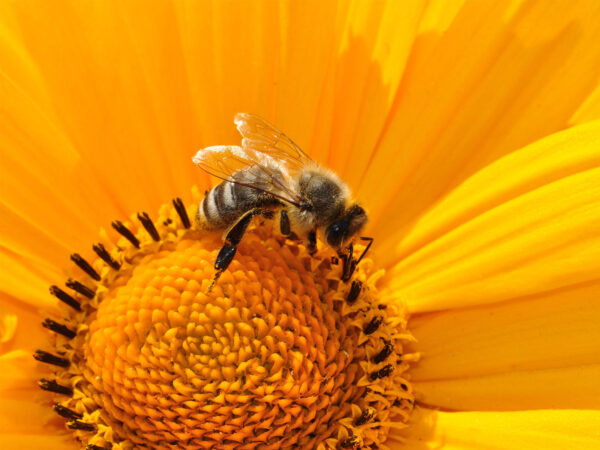 Photo courtesy of
Photo courtesy of 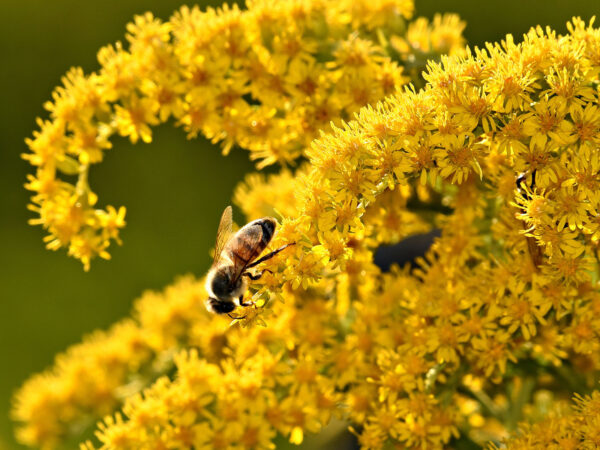 Photo courtesy of
Photo courtesy of 